The heavy lifting is done by an ATmega324PA, which generates the video, interprets the PS/2 keyboard scancodes and provides a serial interface. It is clocked at 27MHz. This frequency was chosen because it can provide correct timings for both NTSC and PAL, which is why it's used in digital video equipment.
I have provided a link to my webpage about using the SPI bus to generate 80-column video. There's normally a problem with using it, where the last bit pushed out is duplicated by an idle state. This causes each character to be 9 bits wide. The hack gets around this limitation.
 256byteram
256byteram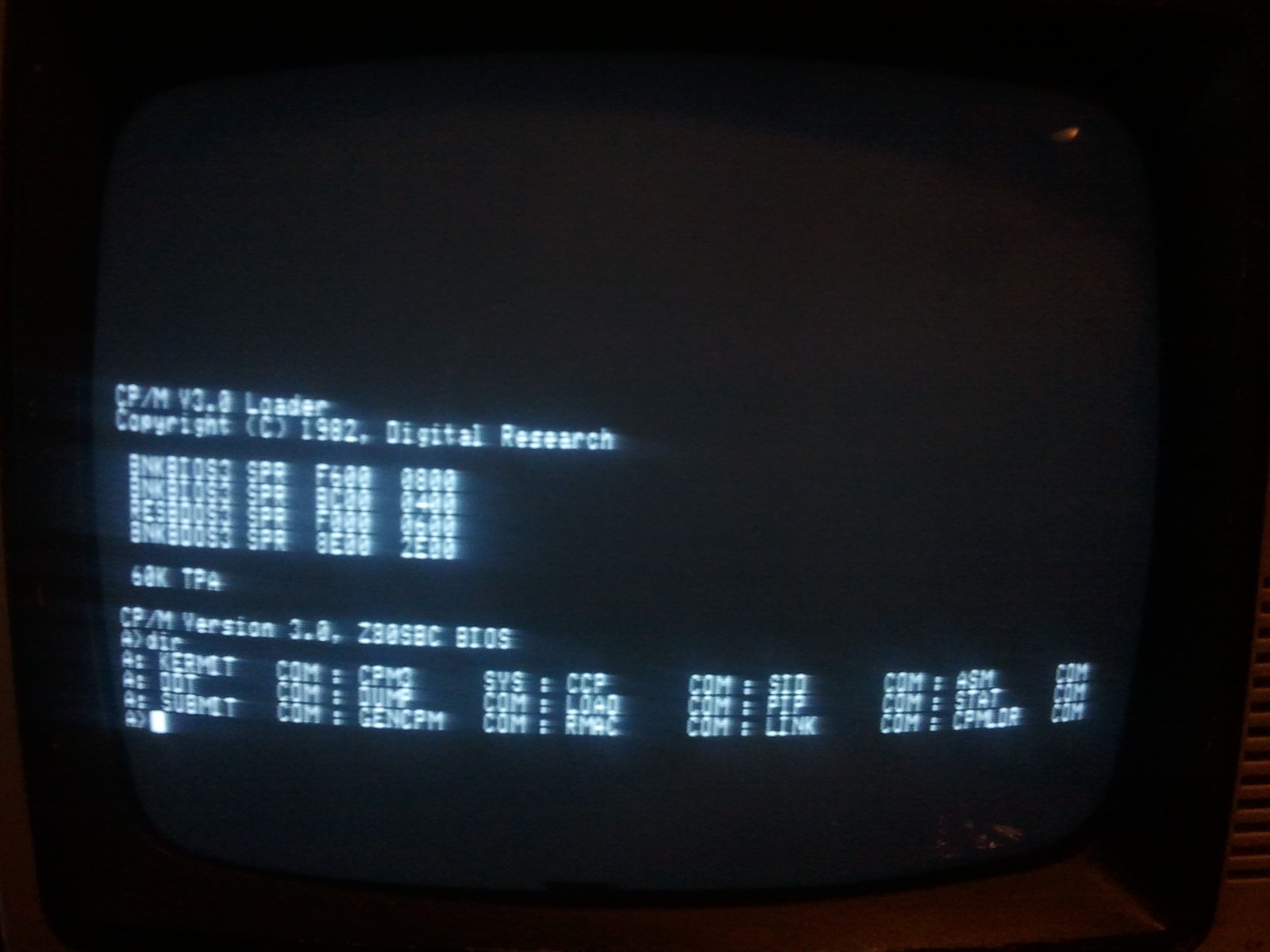
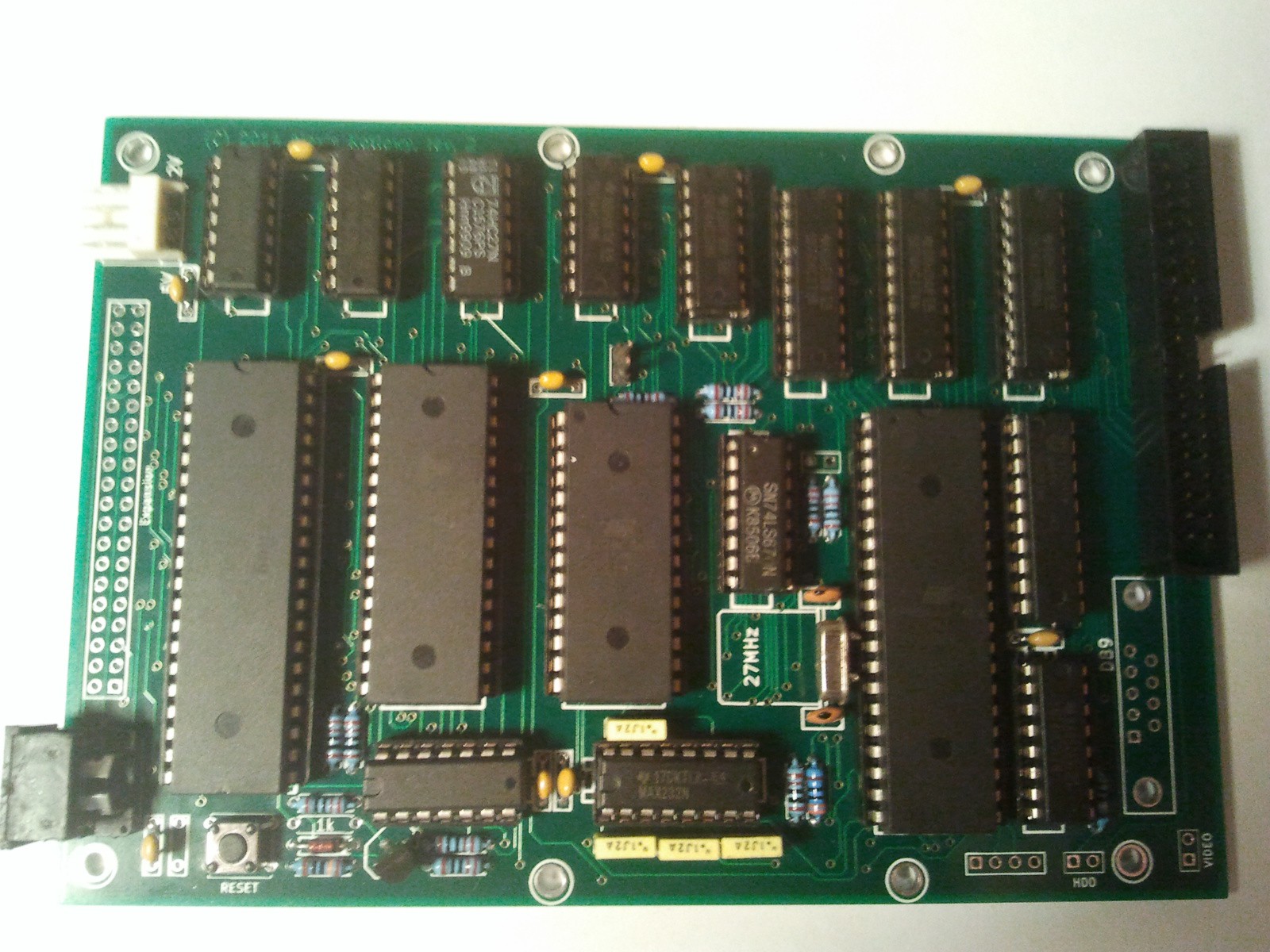
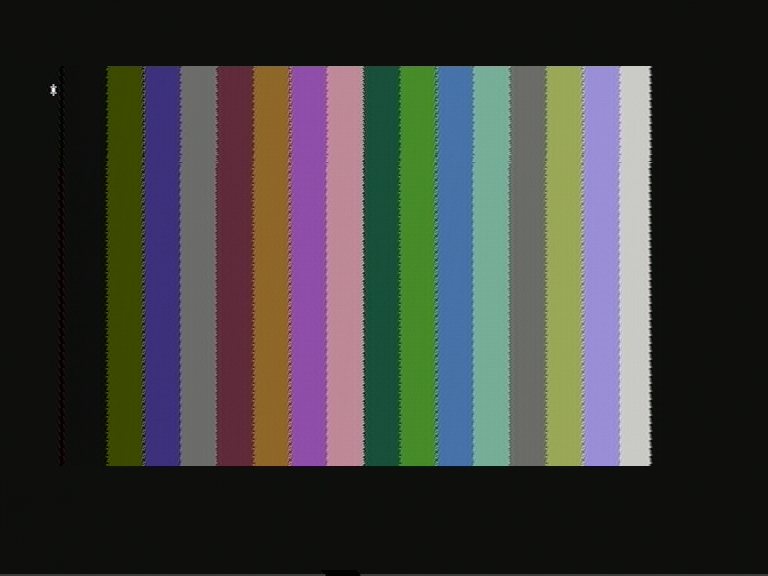

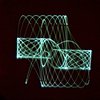
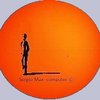






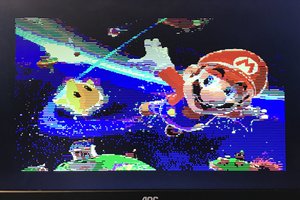
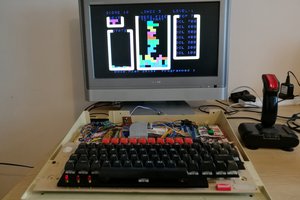
 6502Nerd
6502Nerd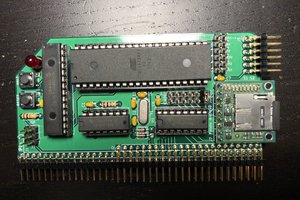
 J.B. Langston
J.B. Langston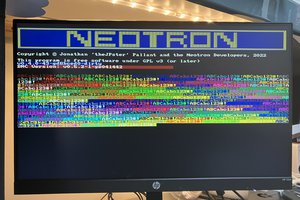
 Jonathan 'theJPster' Pallant
Jonathan 'theJPster' Pallant
I like you project. I long thought that using a micro controller to emulate hardware would make it much easier to port OS and other programs to a new board.
If you emulated all the hardware (i.e. SIO, Floppy, HD, etc) for an ALTAIR then any ALTAIR disk image would boot and run, be it ALTAIR DOS, CP/M, or MBASIC. you would not be "required" to update the BIOS.
Is there any change that you will post the Gerber, SCH, etc files here?